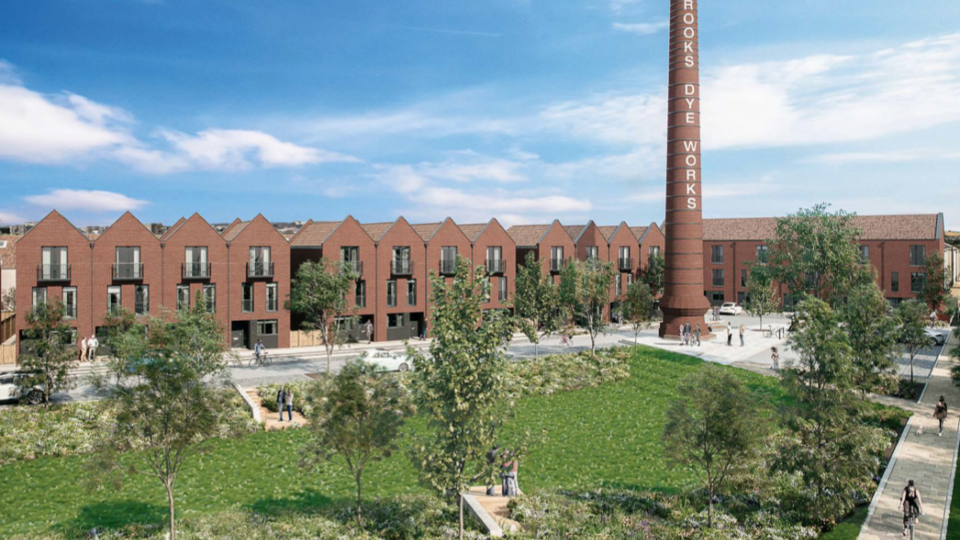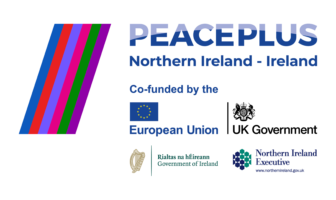Policy Framework
Maintaining and improving a network of green infrastructure has been a long-standing objective for Bristol, with a network of valuable open spaces and wildlife habitats being maintained and improved throughout the city. Working alongside partner authorities of South Gloucestershire, North Somerset, Bath & North East Somerset and the West of England Combined Authority, a Joint Green Infrastructure Strategy has been developed for the region. This strategy aims to address climate change, protect biodiversity, and improve public health by incorporating natural solutions into development and planning, and is working in tandem with the West of England Local Nature Recovery Strategy, the first to be published in England.
Bristol City Council has published a Parks and Green Spaces Strategy, adopting standards for greenspace provision shaped by the Green Infrastructure Framework, with a new Blue-Green Infrastructure Strategy in the pipeline. The One City Ecological Emergency Strategy outlines a citywide vision to improve the ecological health of Bristol’s waterways and ensure that 30% of land is managed for nature by 2030. This will create space for nature and unite the city to find fair, inclusive ways to reduce and eliminate threats to habitats and wildlife.
Bringing Strategy to Life
Bristol City Council has been actively working to integrate nature into building practices and urban development, and are committed to promoting all new buildings incorporate blue and green infrastructure, such as green roofs and walls, to enhance biodiversity and better manage stormwater. A new Blue-Green Infrastructure Strategy for the city is currently being developed, for release in 2026, with a strong provision for high quality green infrastructure, embedding Green Infrastructure Framework standards.
They are optimistic that using Natural England’s Green Infrastructure Framework and adoption of the Urban Greening Factor standard will maximise the potential of green infrastructure across the city.
Selected Projects
Floating ecosystems have been introduced at Capricorn Quay in Bristol Harbour as part of an exciting initiative to create habitat, improve water quality and enhance the appeal of the harbour for people. Bristol City Council are working with the West of England Combined Authority and many local businesses to secure the further investment required to upscale the floating ecosystems.
Around 3,500 properties are at risk from flooding across Bristol, and green infrastructure and sustainable drainage systems are being used to alleviate that risk. In 2022, Bristol City Council, along with its partners South Gloucestershire Council, Wessex Water and the Environment Agency were successful in obtaining £6 million in grant funding to deliver the Resilient Frome project. This innovative project focuses on managing flood risk across the Frome catchment, from the source in South Gloucestershire through to central Bristol. It includes the delivery of sustainable drainage improvements in Bristol’s urban areas, and emphasizes community engagement, citizen science, and innovative funding to support long-term climate adaptation.
In addition, the Frome Gateway Regeneration Framework aims to transform the area around the River Frome in St Jude’s into a vibrant, inclusive neighbourhood with 1,000 new homes, plus workspaces, green spaces, and improved infrastructure that better serve the local community and the city.
Within this framework, the Resilient River Frome Enhancement project aims to reduce flood risk and improve Riverside Park. Riverside Park is considered a key natural asset within the regeneration area and is set to be enhanced as part of the wider transformation. Plans aim to improve public access, restore the River Frome to a thriving ecological corridor, and make Riverside Park a central, welcoming space for both existing and future residents.
Other examples of inspiring work include the Bristol Temple Quarter. One of the UK’s biggest urban regeneration schemes, delivering 10,000 new homes over 25 years, led by a public sector partnership between Bristol City Council, Homes England, the West of England Mayoral Combined Authority and Network Rail. Green infrastructure will deliver multi-functional spaces that protect existing habitats, enhance biodiversity, support climate resilience and provide amenity. For example, enhancements to the River Avon Greenway will incorporate flood defences, recreational routes and riverside habitats.
Adjacent to the Bristol Temple Quarter, the site of the former Royal Mail sorting office is being redeveloped into the University of Bristol’s new £500million campus, and will feature landscaping and tree planting, and walking and cycling routes promoting active lifestyles, for use by the public as well as students.
Green Infrastructure Framework case study download

















